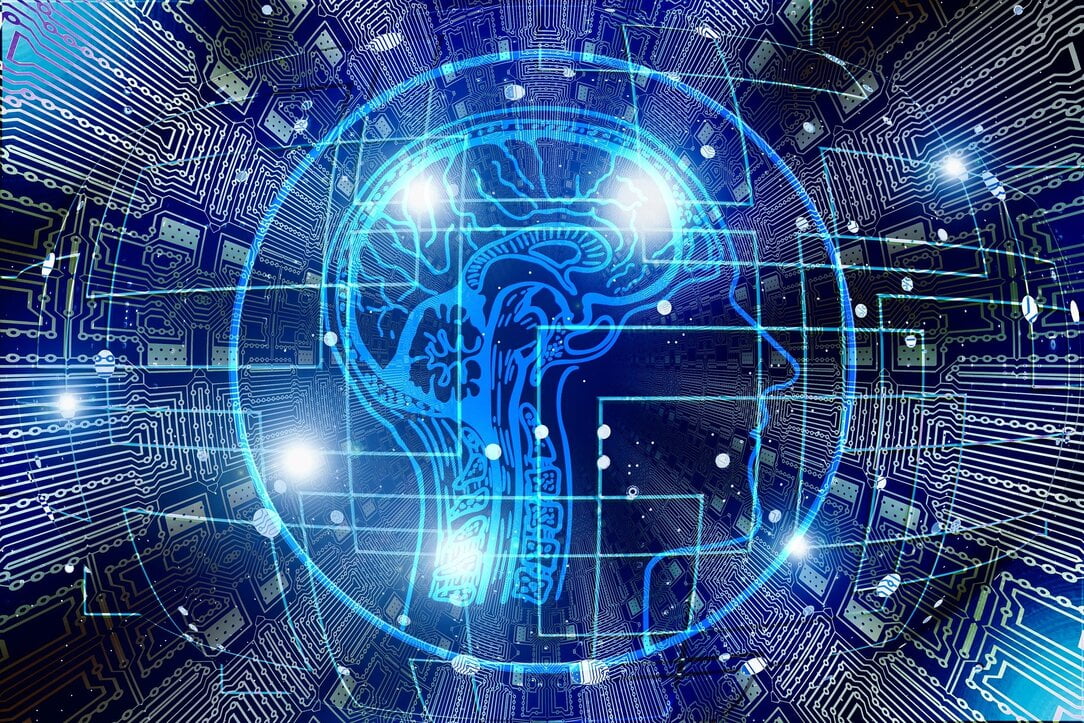Employees spend an average of 64 hours yearly on learning and development in the workplace. That’s eight working days and almost 1,300 US dollars per worker! But are the time and money spent wisely?
Undoubtedly, in today’s era of rapid technological advancement, employee training is necessary for businesses to develop their products and services. This constant innovation presents a challenge for leaders: How to cultivate a culture of continuous learning where employees are intrinsically motivated to develop their skills? How to make training more effective? Which initiatives bring the highest ROI?
To answer these questions, we need to have a look into employee training from a different angle: learners’ expectations and the benefits they see for themselves, which translate directly to motivation and results.
The Evolution of Employee Training
Employee training 20-30 years ago looked quite different from what we observe today. It focused on job skills and following procedures. The concept of “soft skills” might not have been as widely recognized, and training covered mainly technical expertise. Instructor-led classroom training was the dominant delivery method, with trainers delivering lectures, presentations, and demonstrations to groups of employees. Training materials were most often paper-based. Traditional employee training often followed a one-size-fits-all approach, reducing it to a chore rather than a chance for growth.
In today’s context, employees have more specific expectations from training than a generic training regimen. They desire training that aligns with their career aspirations, addresses their skill gaps, and provides them with the knowledge required to excel in their roles and be useful in the future.
Here are the top 7 learners’ expectations when it comes to employee training:
1/ Relevance in employee training
In employee training, relevance refers to the direct connection between the training content and the learners’ specific needs, tasks, and goals. It essentially means that the employees perceive the training as valuable and applicable to their daily work, addressing their specific challenges and ultimately enhancing their job performance.
Why is relevance important?
Employees are more likely to be engaged and motivated to learn because they can see the practical application of the information and how it can benefit them in their roles.
2/ Clear Goals
Learners want to know what they are expected to achieve by the end of the training. Clearly defined training goals and objectives are the cornerstone of effective training. Setting clear and achievable training goals provides direction and empowers employees to take ownership of their learning journey.
Why are clear goals important?
When employees understand the purpose of their training, how it aligns with their roles, and the skills they will acquire, they are more likely to be engaged and committed.
3/ Personalized Development Plans
Each employee brings unique skills, experiences, and learning needs. They appreciate employee training programs that acknowledge this diversity by offering personalized content.
Training personalization can involve:
- allowing employees to choose specific courses or modules
- allowing employees to pick a content format to their liking (visual, auditory, and so on)
- adding job-specific examples to training content
- giving learners as much time as they need to cover the course material, called self-paced learning
- giving employees a chance to follow their progress regularly.
Why are personalized development plans important?
Personalized development plans enhance training effectiveness and signal to employees that their growth is a priority for the organization. This approach helps employees translate newly acquired skills into improved performance and increased work efficiency.
4/ Engaging Content
Employees in the US say that simulations, training videos, and PDFs they can watch anytime are the most engaging training formats. Indeed, elements like videos, simulations, case studies, infographics, relevant images, and quizzes add dynamism to the learning process.
Why is engaging content important?
Engaging training materials are vital for captivating learners’ attention, enhancing understanding and information retention, and elevating the overall effectiveness of the employee training program.
5/ Feedback and Assessments
Integrating constructive feedback and well-structured assessments within the learning process is a pivotal mechanism, allowing learners to gauge their progress, identify areas for improvement, and derive a sense of accomplishment as they navigate different stages of their educational journey. Trainers can use various assessment methods, including traditional exams, but also quizzes, simulations, or project work to cater to different learning styles.
Why are feedback and assessments important?
With well-delivered feedback, employees can reflect on their learning progress. When they get positive feedback on their achievements, they feel motivated to continue developing their skills. Passing tests and completing projects gives them a sense of accomplishment and encourages them to continue training.
6/ Continuous Learning
Nowadays, employees understand that they have to stay up-to-date with advancements in tools, technologies, and other changes in their field to stay relevant in their positions or open up new career opportunities. Developing new skills in demand in the job market can lead to promotions and salary increases.
Why is continuous learning important?
Continuous learning expands one’s knowledge, boosts self-confidence, and enhances personal growth and fulfillment. Consequently, feeling competent leads to increased motivation and engagement in work.
7/ User-friendly Technology
A lack of dedicated training time was a major barrier to achieving desired outcomes in employee training programs in 2022. New hires found it difficult to balance their work responsibilities with training [source]. Accessibility is an effective remedy to this challenge, as learners can access educational materials when it’s convenient for them, not their trainers.
However, to use technology effectively, the learning platforms have to be designed in a user-friendly way. It means seamless navigation, well-structured content layouts, and minimized technical obstacles. Also, employees learning on the go, value training modules delivered in smaller bits and clear progression bars, so they know exactly where they finished the last time.
Why is user-friendly technology important?
Easy-to-use technology removes barriers to learning. Employees can access training materials, complete courses, and participate in learning activities from any device at their own pace. This flexibility supports remote employees or those with impairments and, as a result, fosters greater engagement and participation in the training process.

Leveraging Learning Management Systems
Meeting the above training expectations can be a complex task. This is where Learning Management Systems (LMS) come into play. LMS offers a range of features that enable organizations to design customized training paths, track progress, and provide a dynamic learning experience. Here is how LMS can help with meeting learners’ expectations toward training:
- Customized learning paths: Employees are presented with content that aligns with their professional growth trajectories by mapping out learning journeys based on job roles, skill levels, and career aspirations. This customization ensures that training is not a one-size-fits-all approach but a personalized experience that resonates with each learner’s unique objectives.
- Interactive content: LMS platforms serve as dynamic repositories for a wide array of multimedia content beyond traditional text-based materials. Interactive videos, simulations, quizzes, and discussion forums inject interactivity into the learning process, transforming it into an engaging experience.
- Progress tracking and feedback: E-learning platforms provide tools to track their progress and visualize their accomplishments, strengths, and areas needing improvement. Timely feedback helps learners refine their understanding and skills, paving the way for continuous enhancement.
- Flexibility and accessibility: LMS platforms enable learners to access training materials remotely and conveniently. This accessibility accommodates various schedules and work arrangements and nurtures a culture of continuous learning. Employees can engage with training content from their preferred locations and times, fostering a sense of autonomy and promoting self-directed learning.
Empower Your Employee Training with Well-Matched Training
Employee training has evolved from traditional, classroom instructor-led courses to formats aligning with career aspirations and addressing individual learners’ skill gaps. Changes in work arrangements, particularly hybrid and remote work, and changing employee expectations were the driving forces behind this change.
Meeting modern employee expectations is crucial for enhancing workforce engagement, productivity, and retention. Leveraging the capabilities of a Learning Management System not only facilitates the delivery of effective training but also aligns with the dynamic learning preferences of today’s employees. By acknowledging the significance of clear goals, personalized development, and technology-enabled learning, organizations can empower their employees to achieve excellence.











